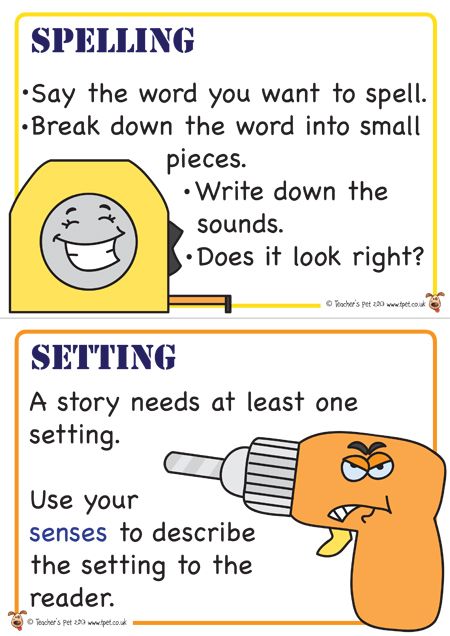Spot the Senses In the paragraph. Too often writers focus on sight and sound to the exclusion of taste touch and smell.

Teacher S Pet Free Classroom Display Resources For Early Years Eyfs Key Stage 1 Ks1 And Narrative Writing Checklist Writing Checklist Narrative Writing
To describe using the senses.

. The five senses include Sight Sound Smell Touch and Taste. How to Describe Setting Place Teaching Resources A useful set of planning sheets mindmaps to help children think about using their senses to describe a number of familiar settings as part of writing narr. In order for the reader to visualize the story they need to have a clear picture of where it takes place.
Describing settings involves a lot of imagination and adventurous vocabulary. Experts claim smell is the sense connected most integrally to memory. To describe using the senses.
Now write up your setting description in full sentences using the ideas you came up with in Activity 2. 1Using the sheets pick a setting. The trees in the forest were towering above me.
Use this collection of resources to teach your KS1 children about senses and relevant body parts. Next work through the worksheet describing your setting using your five senses. Describing a setting using your senses.
KS1 Talking for WritingThe Christmas Story. Prompts use of metaphor similes and personification. Setting description using the senses examples.
Using the 5 Senses. Examples Ks1 Settings - Literacy WAGOLL This resource includes three examples of effective description of setting and place with great focus on the senses. This will help pupils understand the need for attention to detail.
But because of the limitations of the medium you cant afford to waste even one of these senses. Using the five senses is one of the best ways to incorporate descriptive writing. Descriptive writing lesson which focuses on using the 5 senses to describe images.
I can use adjectives and prepositional phrases. Whole Group Explain to students that the purpose of writing a descriptive setting is to paint a picture for their reader using words. There are seven activities in total focusing on intonation and expression poetry performance storytelling.
Settings described using senses Teaching Resources Story Setting KS1 5 2 customer reviews. I can reread my work to see if it makes sense. Although it may be difficult to use all five senses even just using a few will enhance the readers experience.
The damp rainforest vibrated with birdsong as the green foliage crunched under my feet. This could be used as a Halloween activity or at any point in the academic year when you are teaching pupils to describe settings and create atmosphere. Children can use the word mat to write their own examples of setting descriptions using the senseThe words in the resource are separated into lists.
Describing a setting is a valuable skill that KS1 children are expected to learn. Pupils will read our model text The Forbidden Place and explore how the author has used language to. Show images of a setting to inspire descriptive ideas.
Leaves rustling in the breeze the gurgling of streams the splashing of a fountain a lone bird chirping music from radios. Sweet velvety ice cream. As a result it holds significant power in bringing your setting to life.
It invites them to choose four objects and describe how they look sound smell feel and taste. Get your class imaginations running wild with this word bank bursting with WOW words perfect for describing imaginary settings. In this lesson we will learn how to use the senses to write vivid description.
Encourage children to exEncourage children to explore their senses with this activity sheet. I can write what I might see hear and smell. These description writing worksheets for year 1 and year 2 prompt children to think about each scene and setting and describe their observations to encourage the use of creative language.
This pack includes teacher guidance for each of the activities a PowerPoint to provide guidance for pupils and activity cards for various activities. Your setting description must include. This collection of English resources - including writing frames visual.
Inspire pupils in year 5 and year 6 to create mystery and suspense in their writing using our spooky settings resource pack. Sensory language involves using words or adjectives to engage senses like sight smell touch taste and hearing. It invites them to choose four objects and describe how they look sound smell feel and tasteplore their senses with this activity sheet.
Each of our senses sends messages to our brain through receptor cells using our nervous system to deliver them. To be able to describe a forest setting using your senses. I used this handout for children to describe the settings children wanted their stories to have by using the 5 senses.
Describing sight smell hearing taste and touch will enable the reader to envision the words and better understand the writing. We will draw pictures of key scenes and create sensory grids which we will then turn into descriptive poems. I can describe a forest setting using my senses.
Use this resource pack to help your KS1 pupils experience the drama of different settings emotions and characters. View in classroom Curriculum Download PDF Core Content. The smell of fresh air the smell of morning dew the fragrance of fresh flowers.

Spring Themed Senses Word Mat Sensory Words Vocabulary Skills Vocabulary List

Teacher S Pet Story Writer S Tool Box Posters Free Classroom Display Resource Eyfs Ks1 Ks2 Tool Teaching Writing Resource Classroom Writing Activities

Plant Growth Sequencing Activity Sequencing Activities Plant Activities Teaching Young Children
0 Comments